You will need:
- One egg
- One Drinking glass that is about three-quarters full of tap water
- 500g container of table salt
- One teaspoon
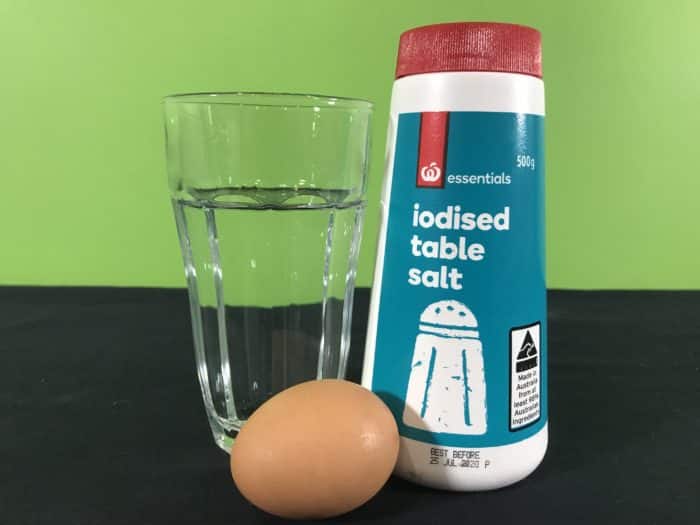

School science visits since 2004!
– Curriculum-linked & award-winning incursions.
– Over 40 primary & high school programs to choose from.
– Designed by experienced educators.
– Over 2 million students reached.
– Face to face incursions & online programs available.
– Early learning centre visits too!
Why Does This Happen
The density of an object is a measure of how much matter is crammed into how much space. One cubic centimetre of lead has a lot more matter in it than a cubic centimetre of Styrofoam, and so we say that it’s denser. Whether an object floats or sinks in water depends on its density. If an object has a higher density than water, it sinks because the water can’t hold it up. If it floats, then it must have a lower density than water.
The egg initially sinks, which means we know it’s denser than water. But when we add salt to the glass, it dissolves into the water and takes up space in between the water molecules. This means that the end result is more matter (salt PLUS water) crammed into the same amount of space the water took up initially. Eventually, with enough salt, the water becomes so dense that the egg now has a lower density than the water, and so the egg floats.
Applications
The Dead Sea in the Middle East is one of the saltiest bodies of water in the world. It’s nearly ten times as salty as the ocean, and this means the water in it is a lot denser than most of the water we encounter in our lives. One of the coolest side effects of this is that a lot of weird things can float in the Dead Sea that can’t elsewhere, including people. The very high salinity, unfortunately, means living things like fish and water plants have trouble living in it, but some bacteria can survive those conditions (these are known as halophiles).
When a submarine rises and falls in the water using giant tanks that can fill with air and water. When the submarine fills these tanks with water, increasing its overall density, and it sinks into the sea. When they want the submarine to surface again, these tanks are filled with air instead, the overall density of the submarine becomes less than the surrounding water again, and the submarines rises to the surface.
Variables to test
- Does this work with sugar instead of salt?
- What other things can float in your salty water?
- What happens if the water is warmed or cooled?
- Teaching about Newton’s laws? Check out the Forces, Friction & Movement workshop!
Get in touch with FizzicsEd to find out how we can work with your class.
Working with Water
Years K to 2
Maximum 30 students
School workshop (NSW & VIC)
60 or 90 minutes
Online Class Available
STEM Full Day Accelerator - Primary
Designed from real classroom experiences, this modular day helps you create consistently effective science learning that directly address the new curriculum with easily accessible and cost-effective materials.

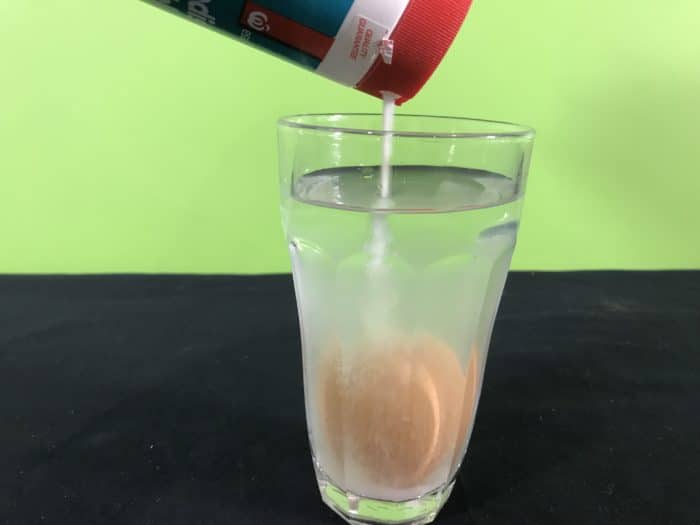
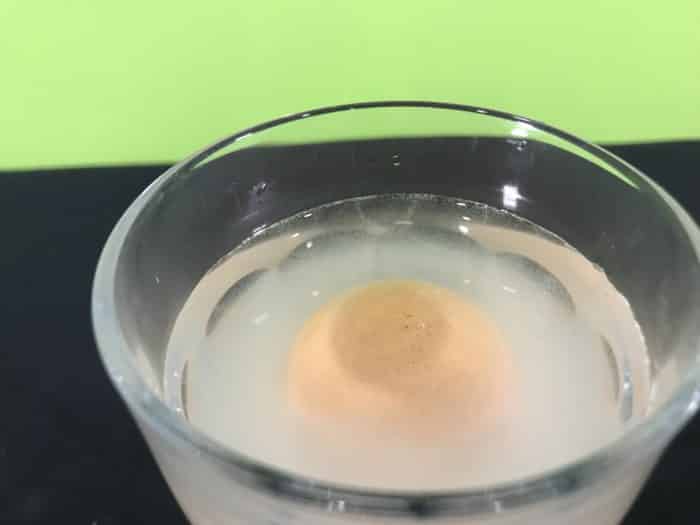
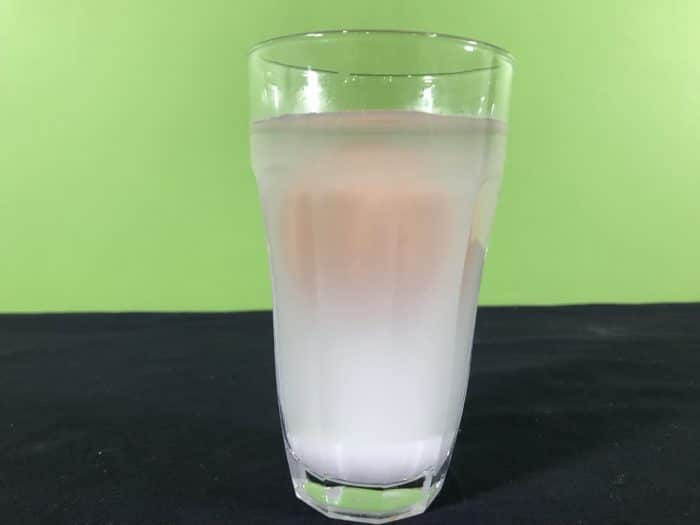
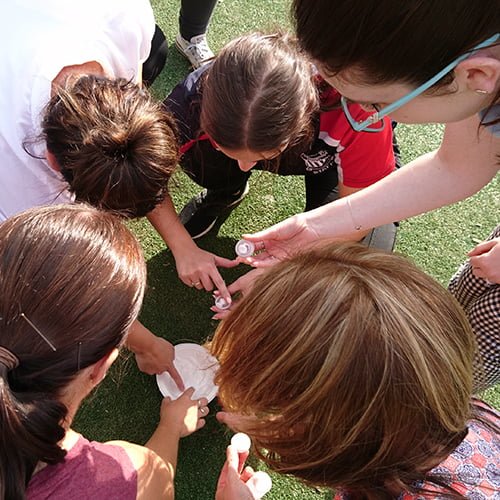
























Comments